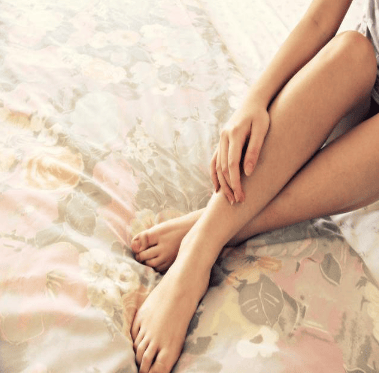Restless legs syndrome is a neurological disorder that can occur at any age. It affects approximately 10% of the U. S. population. Women are generally affected more than men.
The primary symptom of restless legs syndrome is an irresistible need to move the legs, particularly when resting, sitting or lying still. The urge to move the legs is often accompanied by an incessant creeping, crawling, tingling or pulling sensation in the calf muscles of the legs.
Although symptoms of restless legs syndrome may occur during any time of the day, they are most severe in the evening and night-time hours. Consequently, the disorder often prevents people from falling asleep or staying asleep. Often people with restless legs syndrome stretch, kick, or jerk their legs while sleeping causing significant disruption to sleep quality.

More than 80% of the people with restless legs syndrome also suffer from periodic limb movement disorder during sleep. A typical periodic limb movement occurs when the big toe, for example, extends during sleep. Whereas periodic limb movements are common in children and adults, periodic limb movement disorder itself is much less common. The disorder is characterized by the frequency with which the movements occur. Individuals with this disorder are often unaware that they have the condition since muscles in the leg contract involuntarily throughout the night, partially awakening them. With involuntary leg twitching or jerking occurring repeatedly throughout the night, sleep is disrupted leading to daytime sleepiness or fatigue.
To provide restless leg relief, people often must stretch, move, walk or kick, resulting in significant disruption to sleep quality. Patients suffering from the disorder tend to have difficulty falling or staying asleep and suffer from chronic sleep loss.
